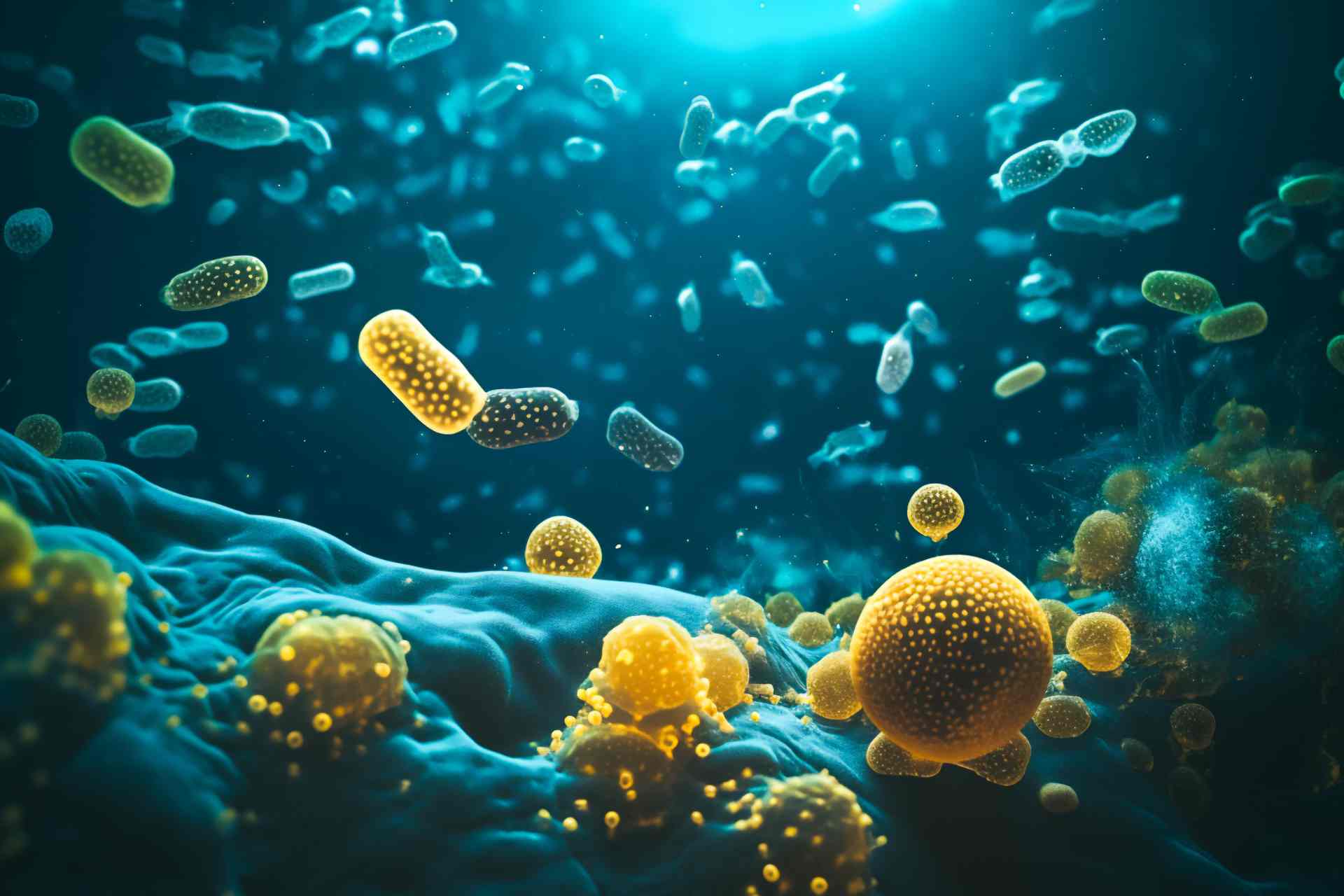What is already known
The human gut microbiota is made of 200 to 300 bacterial species. However, a person’s microbiota composition at the strain level is unique. Because different combinations of microbial strains can come together to form a stable community, there is the need to understand what the typical, “healthy” human gut microbiota looks like.
What this research adds
Researchers analyzed a dataset, referred to as gut microbiome reference, that represents human populations from 13 countries. Then, they reconstructed the species present in each human host’s gut and used a machine-learning algorithm to identify the bacteria that were commonly found working together in the gut microbiota ecosystem. The team identified five microbial signatures, each dominated by different bacterial groups. A person’s microbiota is typically characterized by one or a combination of these five signatures.
Conclusions
The findings may help researchers to characterize the composition of the human gut microbiota in health and disease.
Each person has an entirely unique network of gut microbes, which can influence health and disease. Based on the ecosystem of bacteria present in hundreds of fecal samples, researchers have now identified a set of common microbial signatures associated with a “healthy” gut microbiota.
The findings, published in Cell Host & Microbe, may help to characterize the composition of the human gut microbiota and better understand the effects of microbial disturbances on human health.
“We hope that being able to classify gut microbiomes based on these signatures will help researchers identify detrimental changes in the gut microbiome and provide us with new insights into their significance,” says senior investigator Falk Hildebrand at the Quadram Institute Bioscience in Norwich, UK. “We think these signatures could become a valuable tool to detect aberrant conditions in microbiomes, assess disease progression and understand the effectiveness of potential treatments.”
Scientists have known that the human gut microbiota is made of 200 to 300 bacterial species. However, a person’s microbiota composition at the strain level is unique. Because different combinations of microbial strains can come together to form a stable community, there is the need to understand what the typical human gut microbiota looks like.
To do so, Hildebrand and his team analyzed a dataset, referred to as gut microbiome reference, that represents hundreds of fecal samples from human populations from 13 countries.
Bacterial guilds
Using the gut microbiome reference database, the researchers reconstructed the species present in each human host’s gut. Then, they used a machine-learning algorithm to identify the bacteria that were commonly found working together in the gut microbiota ecosystem.
The team identified five microbial signatures, each dominated by different bacterial groups: Bacteroides, Firmicutes, Prevotella, Bifidobacterium or Escherichia. Each of these signatures represents a group of bacteria that work together as a “guild”, providing different services to the gut ecosystem, the researchers say.
A person’s microbiota is typically characterized by one, or more commonly a combination, of these five signatures. “The five enterosignatures represent typical gut microbiomes that you’ll find across the world,” Hildebrand says. “We invested a lot of care and time finding a model that is generalizable to microbiomes from all parts of the world — indeed, when testing our model on microbiomes from non-western countries we found an almost perfect fit.”
Different signatures
The researchers found that Escherichia signatures dominate the infant microbiotas, and are rapidly displaced by Bifidobacterium and Bacteroides. Firmicutes and Prevotella signatures typically appear around year one, as infants are weaned onto food.
The Bacteroides signature is enriched in enzymes associated with breaking down carbohydrates, suggesting a role in releasing nutrients from food. This signature is more common in microbiotas from industrialized populations, whereas the Prevotella signature dominates microbiotas from non-western countries, the researchers found.
“This marked difference in Prevotella and Bacteroides signatures was a very strong signal, noted also in other studies,” Hildebrand says. “It is not really clear to us where it stems from, but we speculate underlying causes could be differences in diet or lifestyle differences found in western cultures, like ultra-processed foods, differences in hygiene routines and physical activity levels.”









